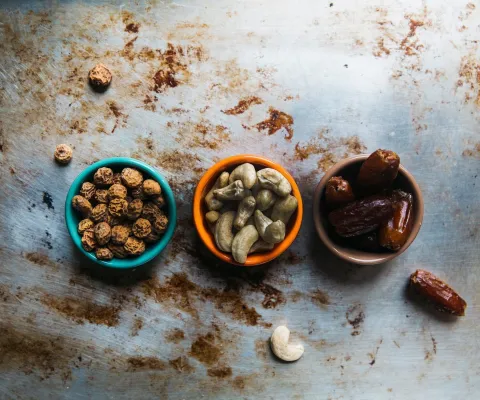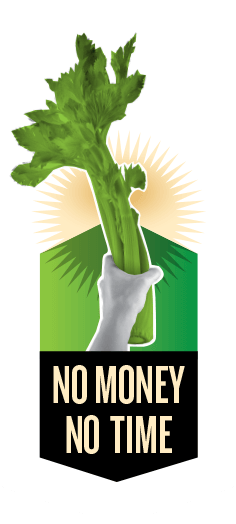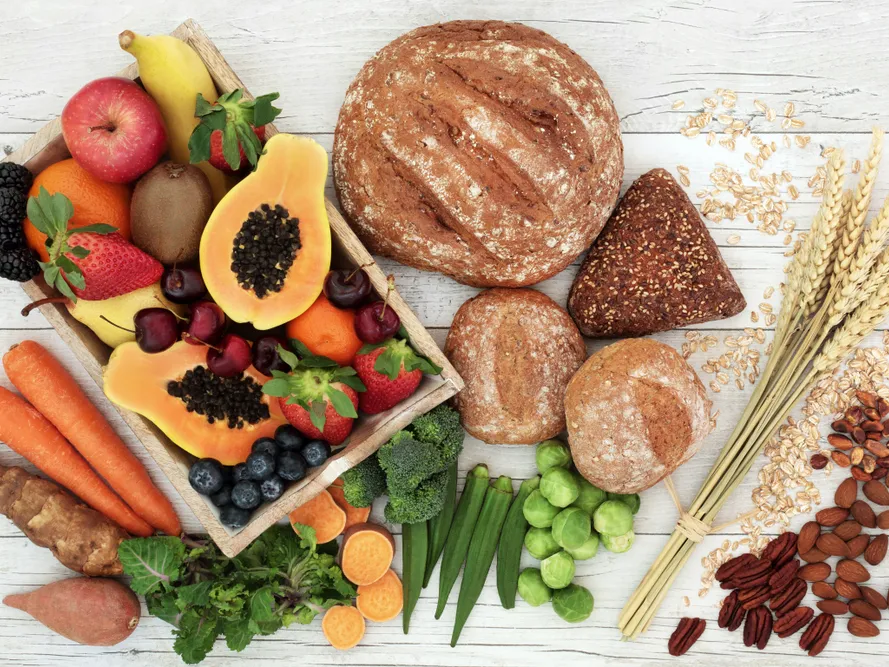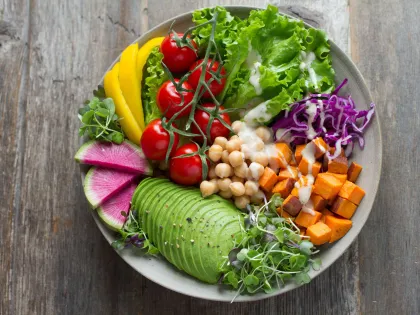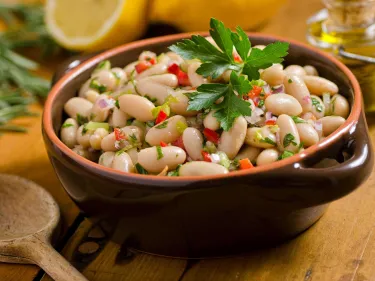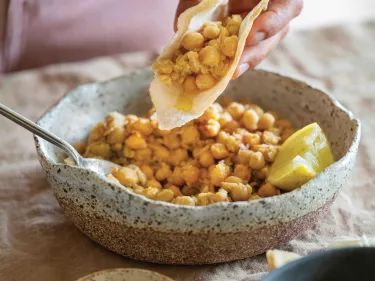Are you trying to cut carbs (carbohydrate) or cut down on sugar? Let’s take a look at what these words mean, and where to find them in foods and drinks.
What are Carbohydrate and Sugars?
Carbohydrate is a macronutrient, which means it is a major component of food. It is an ‘umbrella’ word covering all the different types of carbohydrate from complex forms like starch and dietary fibre to simple forms like added table sugar.
When carbohydrate is digested, it provides your body with the energy that is needed to keep your body and brain functioning. It provides the fuel for your muscles to keep you moving and basic functions that you do not have to think about like breathing, pumping blood and thinking.
Sugars are a group of simple forms of carbohydrate. Compared to starch and fibre, they have a chemical structure that consist of just one of two molecules joined together, like a chain that only has two links. This means that they are broken down and digested fairly quickly, which lead to a fast rise in your blood sugar level after eating food that contain simple sugars. Examples include sucrose in table sugar, lactose in milk and fructose and glucose in fruit.
Sugar and the Nutrition Information Panel
Nutrition Information Panels provide an overview of the nutrients that are in the food product. On Australian and New Zealand Nutrition Information Panels it is mandatory to include information on the carbohydrates and total sugars the product contains. Some labels will also divide the amount of ‘total sugars’ down into the amount of ‘added sugars’ and ‘free sugars’. These words can be confusing so we have added definitions below.
Definitions of carbohydrate types:
- Total sugars refer to all the types of simple sugars that are in a food. This includes both naturally occurring free sugars and added sugars.
- Free sugars are sugars that may occur naturally in a food as well as ones released when the food is processed. Some processing techniques cause the sugars to be released, or ‘freed’ from other food components that would normally have slowed its digestion if it had not been processed. Free sugars are found in home-made and store-bought juices, and fruit juice concentrates sometimes used to sweeten foods such as canned fruits.
- Added sugars are sugars that do not occur naturally in a particular food but have been added for flavour or preservation. This is commonly sucrose or table sugar.
- Ingredient list: Processed foods include an ingredient list, which lists the food product ingredients in descending order. This means the ingredient that makes up the greatest amount (in weight) will be listed first, down to the ingredients that contribute the least.
If you notice that a food is high in free or added sugars, or you are not sure, have a look at the ingredient list to see whether sugar is listed in the ingredients. Sugar may be listed on the ingredients list under several different names; including, dextrose, fructose, sucrose, glucose, golden syrup, honey, maple syrup, malt, cane sugar, corn syrup, fruit juice concentrates, rice syrup, agave, caramel, glucose and maltose.
Why aim to reduce the amount of sugars we’re adding?
The World Health Organization (WHO) strongly recommends that everyone reduces the amount of free sugars (including added sugars) they eat to less than 10% of total energy. Research shows eating less free sugars is linked with better health outcomes, and a lower risk of developing dental carries or gaining excess weight.
For an adult with an average daily energy requirement of 8700kJ, this equals about 54g of sugar per day, at most. A 600mL bottle of cola drink contains approximately 63g of sugar.
Being aware of the amount of carbohydrate in foods and drinks is especially important for people who have diabetes, or pre-diabetes because carbohydrate in foods can impact on a person’s blood sugar levels and how they manage their diabetes.
How to reduce the amount of sugar you eat
- Limit the amount of ultra-processed foods that you eat such as biscuits, cakes, muesli bars, ice cream and sugar sweetened drinks and sugar sweetened yogurts. These foods are common sources of added sugars.
- Choose foods with less than 15g of sugar per 100g. If a food contains more than 15g of sugar per 100g, read the ingredient list to find out whether a food contains added sugars in the top 3 ingredients.
- Consider your portion size. If you choose to eat a food with added sugars, consider reducing how much of that food that you eat per serve.
A note on sugar alternatives:
These are a type of sugar that has been made in a laboratory, and don’t cause the rise in blood sugar that carbohydrates and sugars do. Sugar alternatives include: Aspartame, Saccharin, Sucralose, Alitame, Acelsulphame K, Alitame and Cyclamate. Sugar alternatives won’t be listed on the nutrition information panel, though they will be listed in the ingredients list.
